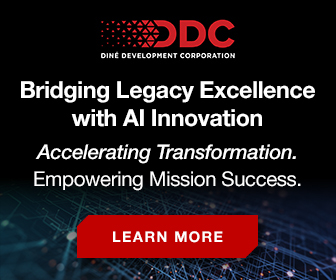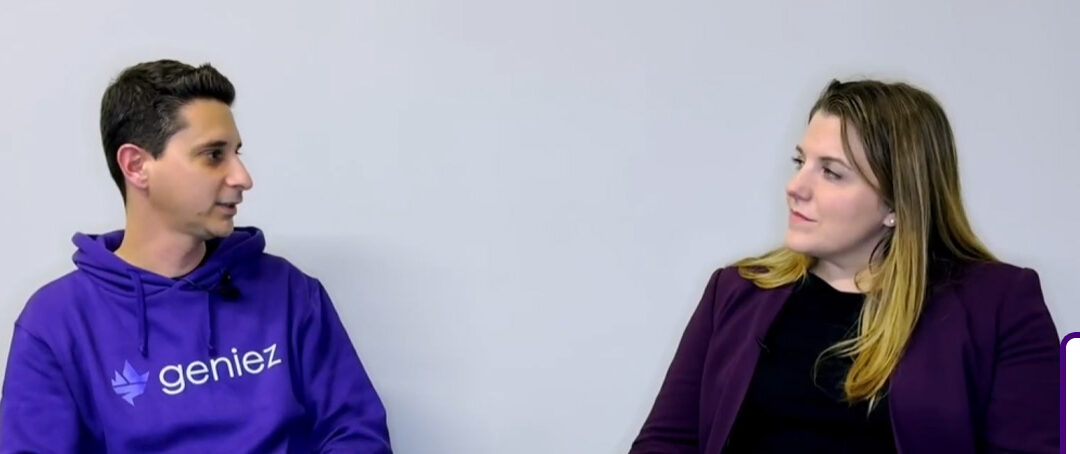DB2 z/OS V12 is in the Early Support Program mode. This means the larger Independent Software Vendors (BMC, CA, Compuware, etc.) have a version of DB2 z/OS V12 in house so they can modify their products to support and/or exploit the new features of DB2 z/OS V12. This process can take months, or even up to a year.
Generally speaking, IBM releases a new version of DB2 z/OS about every 3 years. Customers then have to incorporate the new version of DB2 into their mainframe release cycles, which may take a year or more after the General Availability of the new release of DB2. Customers must then open projects to exploit the new features of DB2. A good example is the DB2 z/OS V10 feature called Temporal Data. DB2 V10 has been Generally Available for almost 6 years, but customers are just now writing applications to exploit this feature. A good use case for this feature is the need for insurance companies to be able to track the coverage for a customer over time to ensure claims are covered correctly.
With DB2 z/OS V12, IBM is delivering a new concept called Continuous Delivery. This allows new features and functions to be delivered via a Small Programming Enhancement (SPE) or a Recommended Service Unit (RSU). This enables customers to exploit new features without going through an extended release cycle. This new concept will take some getting used to in traditional mainframe shops. Typically, a new product or release is installed in an isolated “sandbox” environment and tested extensively. It is then moved to an integrated quality assurance environment to ensure compatibility and stability. Finally, the new product/release is moved to production environments—at that time users can begin to exploit new features, again moving through various levels of environmental testing before moving to production. That is why we are only now seeing large scale exploitation of a DB2 z/OS V10 feature after 6 years of General Availability.
What does this Continuous Delivery mechanism do for the customer? It allows them to exploit new functionality much quicker than previously. This can save a lot of time and effort to exploit needed functionality. Shortening the time required to get a new feature implemented can make their applications more agile, resulting in increased mobility and revenues. It’s all about time.
For more information on Continuous Delivery, browse the Continuous Delivery RedBook recently published by IBM.









0 Comments